Raha Badieitabar
Advisor: Neil Minuk
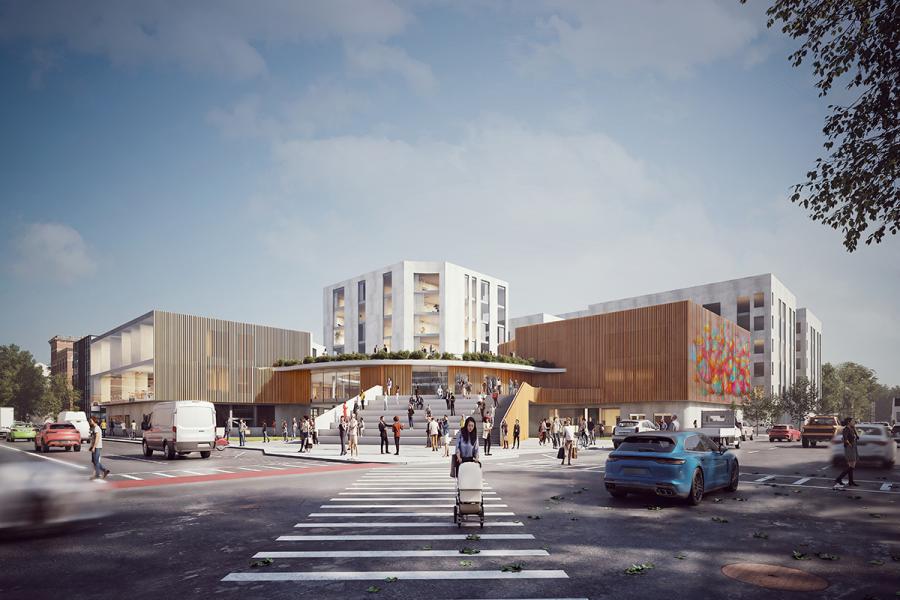
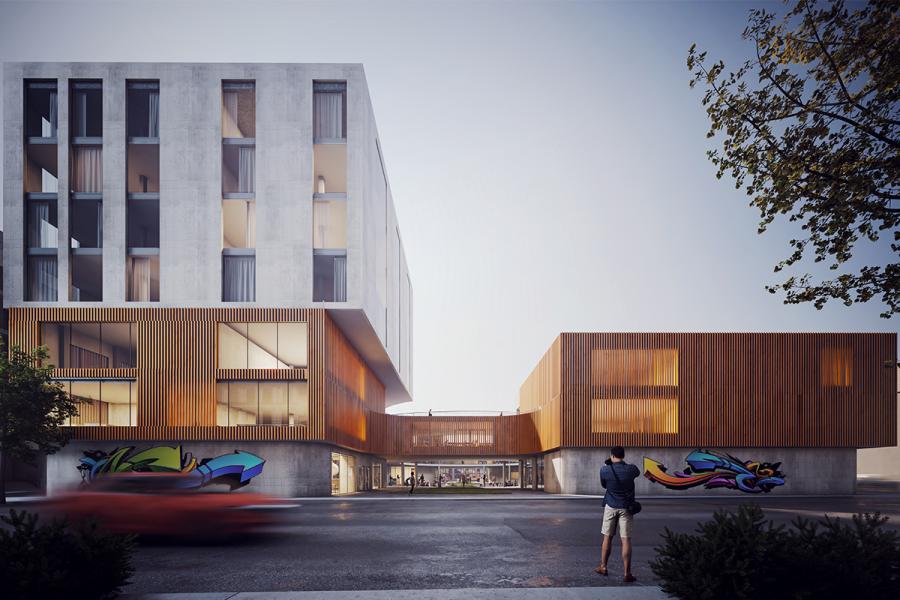
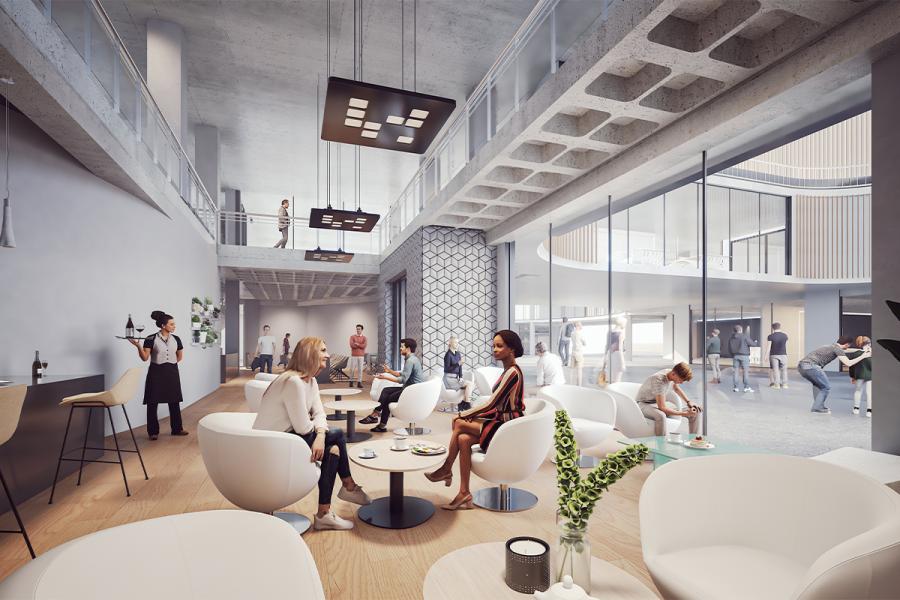
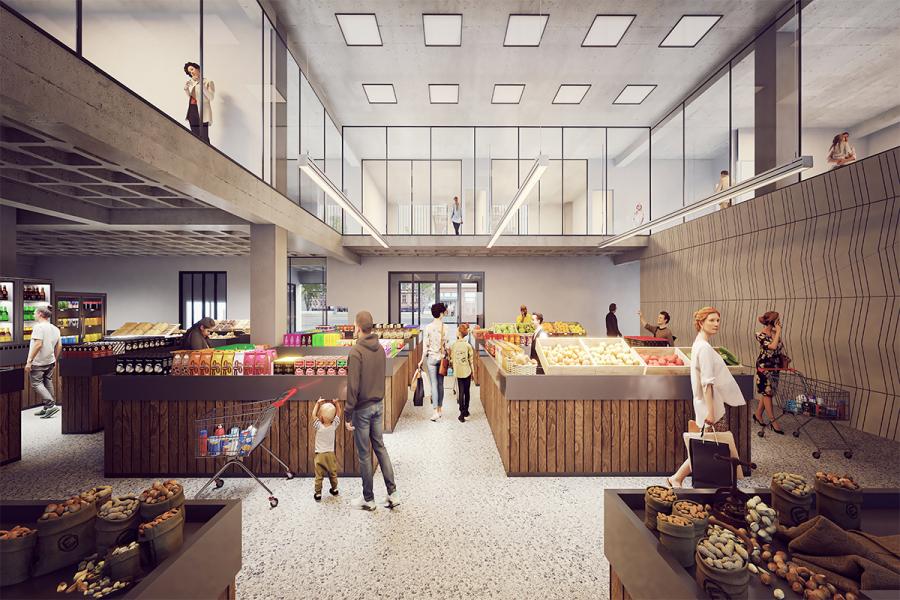
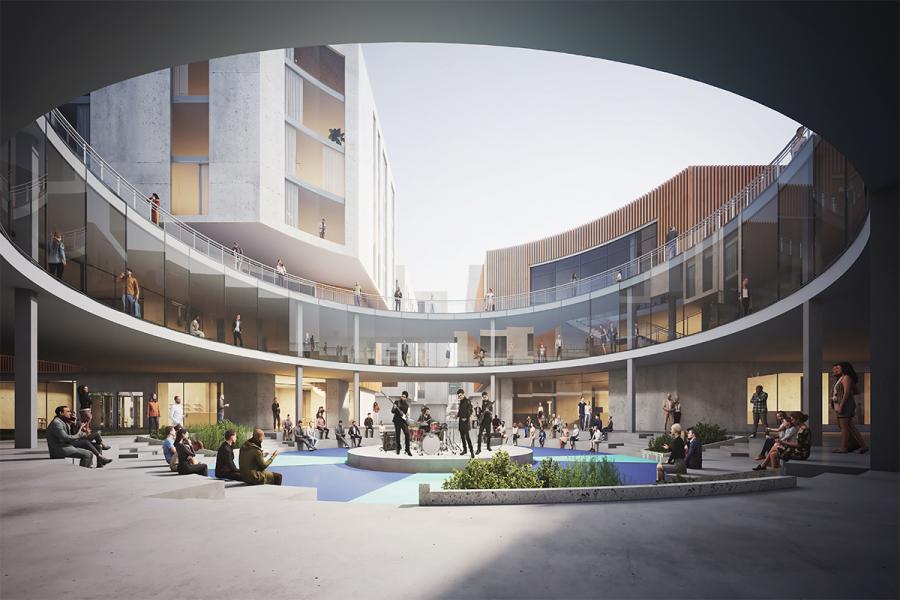
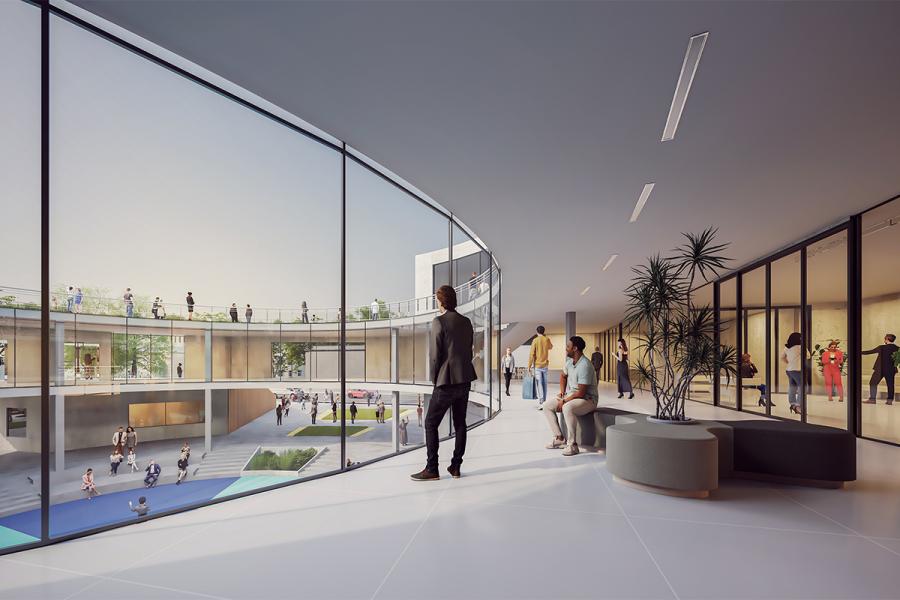
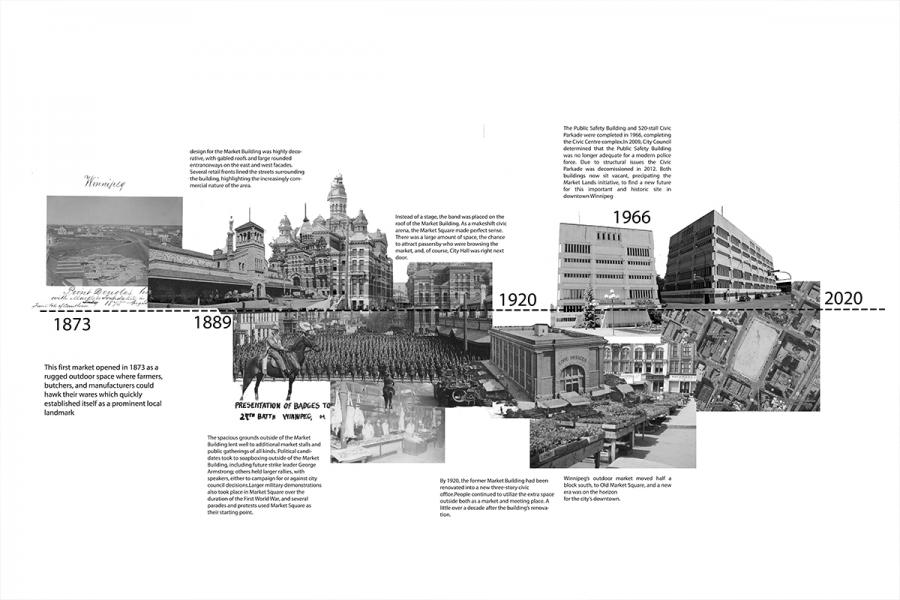
An Architecture Scape to Promote Public Engagement in Downtown Winnipeg
A public space is an open and accessible place for the general public, It refers to the atmosphere and the perception of a place. Public spaces are integral to our urban environment and are crucial to the city's public life. They offer numerous benefits and opportunities for citizens, serving as a cornerstone of community interaction. However, the neglect and mismanagement of public spaces have led to the erosion of their social significance and their appropriation by the private sector. These spaces have often been overlooked, lacking priority and subject to changes aimed at maximizing profitability. Consequently, architects are responsible for reclaiming and advocating for these wasted spaces through proactive measures and visionary approaches.
In a city like Winnipeg, the importance of public spaces cannot be overstated, especially given society's evolving political and cultural landscape. These spaces are essential for fostering inclusive communities where individuals from diverse backgrounds can gather, interact, and engage in activities celebrating their cultural heritage.
This project aims to contribute to the development of downtown Winnipeg by promoting it as an exceptional place to enjoy, play, work, and live. It seeks to support ongoing revitalization efforts and enhance downtown services, improving the overall experience for residents and visitors. Additionally, the project aims to bolster hospitality for events such as Nuit Blanche throughout the year, offering a wide range of programs and services to enhance the downtown area. Furthermore, it strives to advocate for a vibrant and inclusive downtown by promoting its growth, care, and inclusivity.
The following questions guide the Design Research Thesis:
• How do we unfold productive and efficient strategies for urban design activities for more public engagement?
• How do we identify with each other after the covid era? What are the recently shared values?
• How can architecture create flexible spaces that can address different activities?
